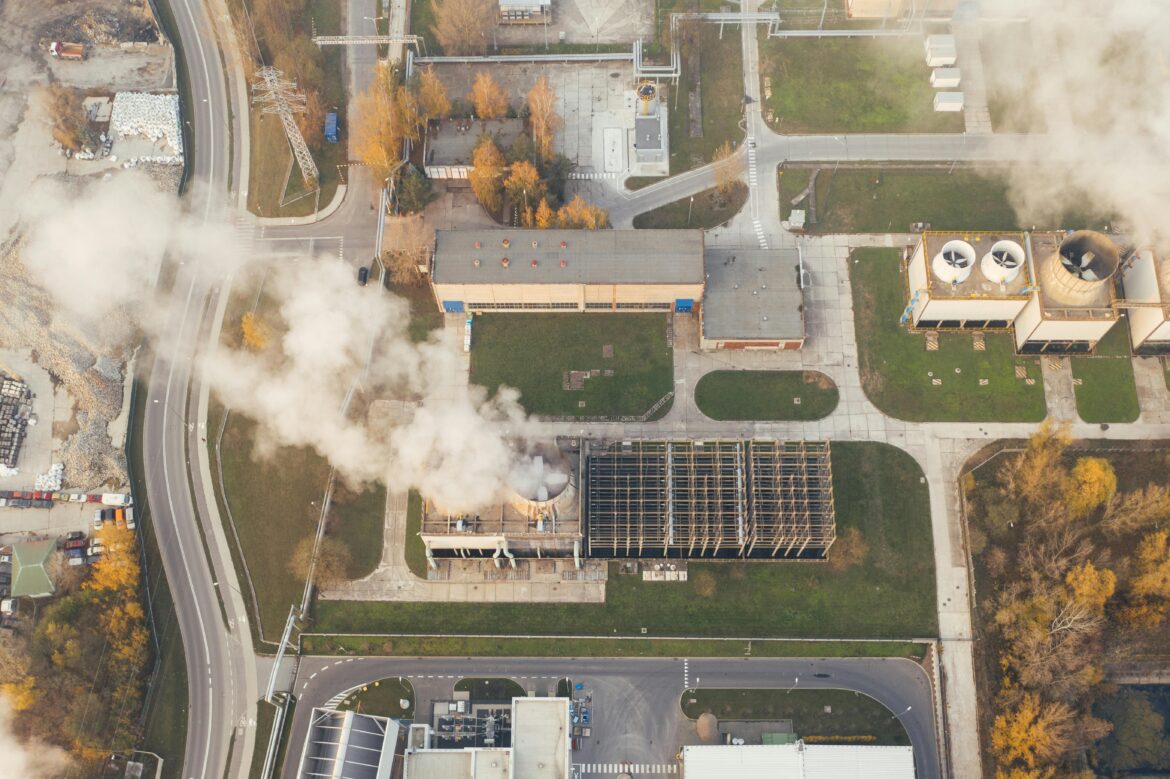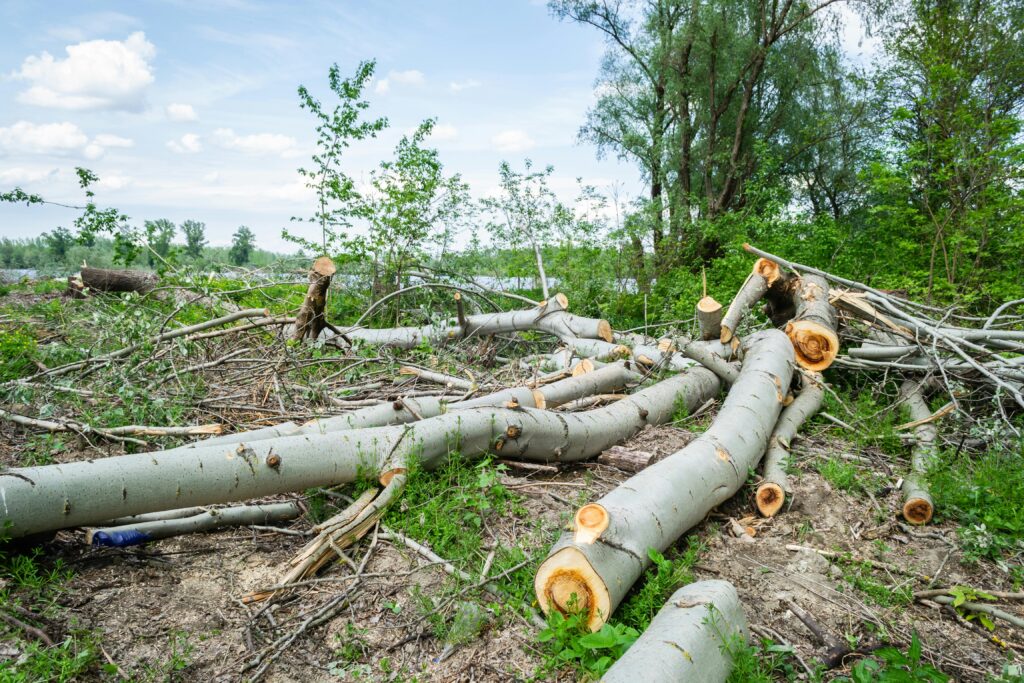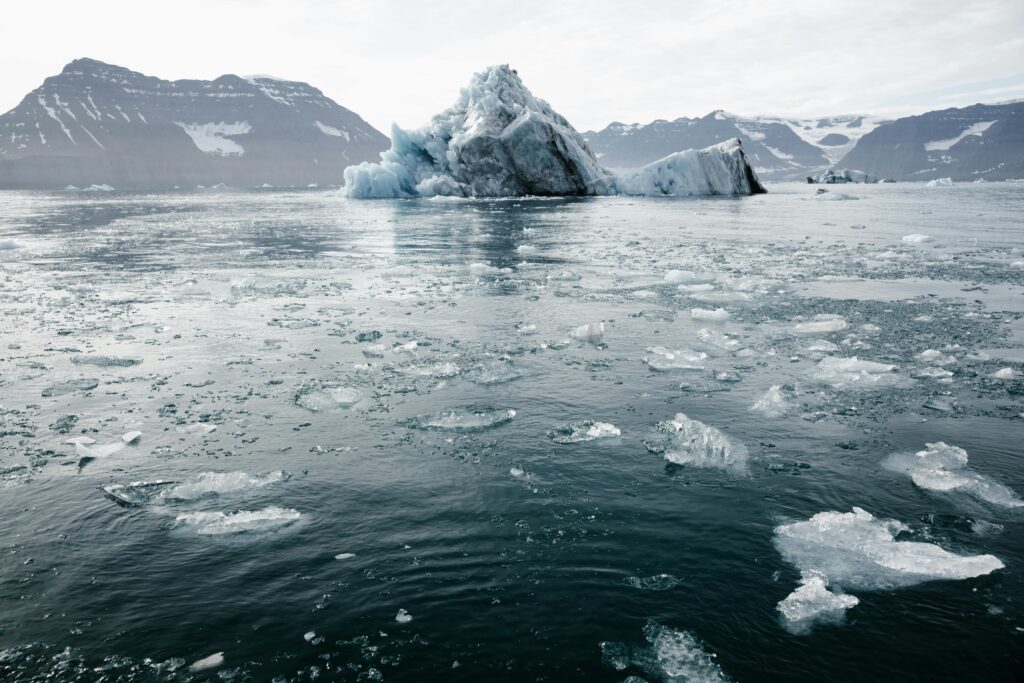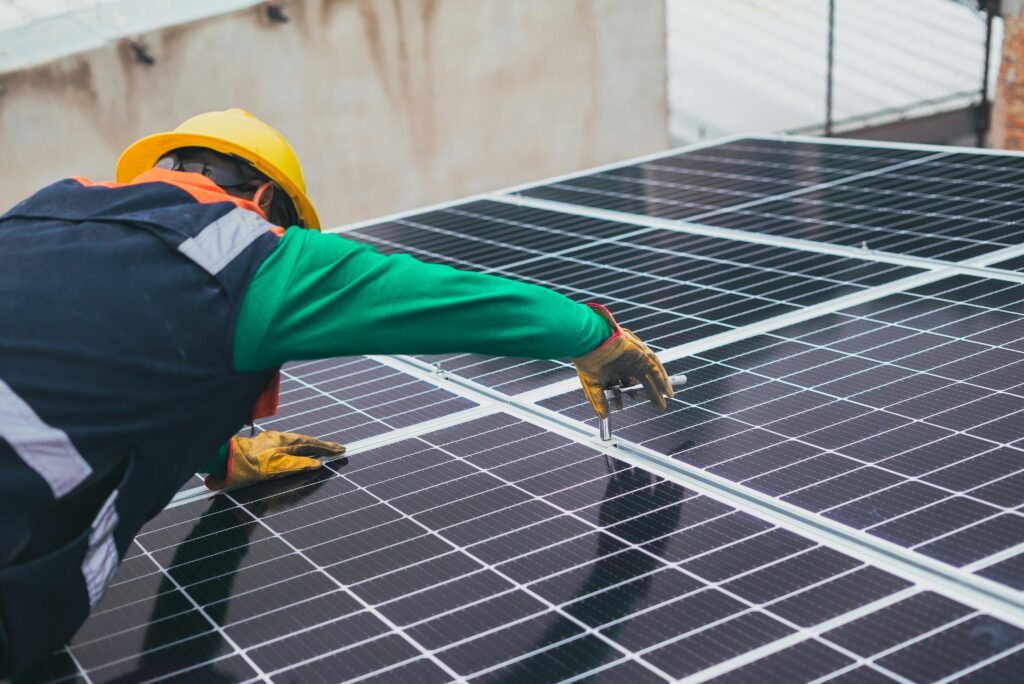Global Warming: Causes, Impacts, and Urgent Solutions
| June 23, 2024
Global warming, the gradual increase in Earth’s average surface temperature due to human activities, is one of the most pressing environmental challenges of our time. This phenomenon, primarily driven by the burning of fossil fuels, deforestation, and industrial processes, has far-reaching consequences that threaten ecosystems, human health, and global economies. This article explores the causes, impacts, and potential solutions to global warming, emphasizing the urgent need for collective action to mitigate its effects.
The Science Behind Global Warming
Global warming is primarily caused by the increase in greenhouse gases (GHGs) in the Earth’s atmosphere. These gases, including carbon dioxide (CO₂), methane (CH₄), nitrous oxide (N₂O), and fluorinated gases, trap heat from the sun, creating a “greenhouse effect.” While the greenhouse effect is a natural process that makes Earth habitable, human activities have intensified this effect, leading to excessive warming.
Main factors:
Burning Fossil Fuels:
The combustion of coal, oil, and natural gas for energy production releases large amounts of CO₂, the most significant GHG.
Deforestation:
Trees absorb CO₂ during photosynthesis. When forests are cleared for agriculture or urban development, this carbon sink is diminished, and the carbon stored in trees is released back into the atmosphere.

Industrial Processes:
Various industrial activities, such as cement production and chemical manufacturing, emit GHGs.
Agriculture:
Agricultural practices contribute to global warming through the release of methane from livestock and rice paddies, and nitrous oxide from fertilized soils.
Waste Management:
Landfills produce methane, a potent GHG, as organic waste decomposes anaerobically.
Impacts of Global Warming
The effects of global warming are diverse and interconnected, affecting natural systems and human societies in numerous ways.
Environmental Impacts:
Rising Temperatures:
Global temperatures have risen by about 1.2 degrees Celsius since pre-industrial times, with significant regional variations. This warming has led to more frequent and severe heatwaves, altering ecosystems and species distributions.
Melting Ice and Snow:
Polar ice caps and glaciers are melting at an unprecedented rate, contributing to sea level rise and threatening polar ecosystems. The Arctic is warming about twice as fast as the global average, leading to the loss of sea ice habitat for species like polar bears and seals.

Sea Level Rise:
Thermal expansion of seawater and melting ice contribute to rising sea levels. Coastal communities and ecosystems are at risk of inundation, erosion, and increased flooding.
Ocean Acidification:
The absorption of excess CO₂ by the oceans leads to acidification, which affects marine life, particularly organisms with calcium carbonate shells and skeletons, such as corals and mollusks.
Extreme Weather Events:
Global warming intensifies the frequency and severity of extreme weather events, including hurricanes, droughts, and heavy rainfall. These events cause significant damage to infrastructure, agriculture, and ecosystems.
Human Impacts:
Health Risks:
Rising temperatures and changing weather patterns increase the incidence of heat-related illnesses, respiratory problems, and vector-borne diseases like malaria and dengue fever.
Food Security:
Changes in temperature and precipitation patterns affect crop yields and the availability of freshwater, threatening global food security. Regions dependent on rain-fed agriculture are particularly vulnerable.
Water Scarcity:
Melting glaciers and altered precipitation patterns affect the availability of freshwater resources, leading to water shortages in many parts of the world.
Economic Disruption:
The impacts of global warming on infrastructure, agriculture, and health result in significant economic costs. Developing countries, with fewer resources to adapt, are disproportionately affected.
Displacement and Migration:
Rising sea levels, extreme weather events, and resource scarcity force people to migrate, leading to increased competition for resources and potential conflicts.
Mitigating Global Warming
Addressing global warming requires a comprehensive approach that includes reducing GHG emissions, enhancing carbon sinks, and adapting to unavoidable changes. The following strategies are essential for mitigating global warming:
Reducing GHG Emissions:
Transition to Renewable Energy:
Shifting from fossil fuels to renewable energy sources, such as solar, wind, and hydropower, is crucial. Renewable energy reduces GHG emissions and promotes energy security.

Energy Efficiency:
Improving energy efficiency in buildings, transportation, and industry can significantly reduce energy consumption and emissions. This includes adopting energy-efficient appliances, retrofitting buildings, and promoting public transportation.
Sustainable Agriculture:
Implementing sustainable agricultural practices, such as crop rotation, agroforestry, and organic farming, can reduce GHG emissions and enhance soil health. Reducing meat consumption and food waste also contribute to lower emissions.
Reforestation and Afforestation:
Planting trees and restoring forests enhance carbon sequestration, absorbing CO₂ from the atmosphere. Protecting existing forests from deforestation is equally important.
Carbon Pricing:
Implementing carbon pricing mechanisms, such as carbon taxes or cap-and-trade systems, incentivizes businesses and individuals to reduce their carbon footprint.
Enhancing Carbon Sinks:
Soil Carbon Sequestration:
Agricultural practices that enhance soil carbon storage, such as no-till farming and cover cropping, can sequester significant amounts of carbon.
Blue Carbon:
Protecting and restoring coastal and marine ecosystems, such as mangroves, seagrasses, and salt marshes, enhances carbon sequestration in these “blue carbon” habitats.
Carbon Capture and Storage (CCS):
CCS technologies capture CO₂ emissions from industrial processes and store them underground, preventing their release into the atmosphere.
Adapting to Climate Change:
Infrastructure Resilience:
Designing and building infrastructure that can withstand extreme weather events and rising sea levels is essential for reducing vulnerability.
Water Management:
Implementing efficient water management practices, such as rainwater harvesting, water recycling, and the development of drought-resistant crops, helps address water scarcity.
Disaster Preparedness:
Developing early warning systems and emergency response plans enhances communities’ ability to respond to climate-related disasters.
Ecosystem-Based Adaptation:
Protecting and restoring natural ecosystems, such as wetlands and forests, enhances their ability to provide essential services, such as flood protection and carbon sequestration.
Global Efforts and Agreements
International cooperation is vital for addressing global warming, as GHG emissions and their impacts are not confined by national borders. Key international agreements and initiatives include:
The Paris Agreement:
Adopted in 2015, the Paris Agreement aims to limit global warming to well below 2 degrees Celsius above pre-industrial levels, with efforts to limit the temperature increase to 1.5 degrees Celsius. Countries commit to Nationally Determined Contributions (NDCs) to reduce emissions and adapt to climate change.
The United Nations Framework Convention on Climate Change (UNFCCC):
The UNFCCC provides a platform for international cooperation on climate change, facilitating negotiations and the implementation of climate policies.
The Intergovernmental Panel on Climate Change (IPCC):
The IPCC assesses scientific research on climate change and provides policymakers with regular reports on the state of knowledge, impacts, and mitigation strategies.
The Kyoto Protocol:
Adopted in 1997, the Kyoto Protocol set legally binding targets for developed countries to reduce GHG emissions. It laid the foundation for subsequent climate agreements.
The Role of Individuals and Communities
While international agreements and government policies are crucial, individual and community actions also play a significant role in addressing global warming. Here are some ways individuals and communities can contribute:
Reduce Energy Consumption:
Simple actions, such as using energy-efficient appliances, turning off lights when not in use, and insulating homes, can significantly reduce energy consumption and emissions.
Sustainable Transportation:
Opting for public transportation, carpooling, biking, or walking reduces the carbon footprint associated with personal vehicles.
Support Renewable Energy:
Choosing renewable energy options, such as solar panels for homes, and supporting policies that promote renewable energy development, can accelerate the transition to a low-carbon economy.

Conscious Consumption:
Reducing meat consumption, minimizing food waste, and choosing sustainably sourced products can lower emissions and reduce environmental impact.
Community Initiatives:
Engaging in community-based environmental initiatives, such as tree planting, clean-up drives, and local conservation projects, fosters collective action and raises awareness about global warming.
Conclusion
Global warming is a complex and multifaceted challenge that requires urgent and sustained action at all levels of society. While the science of global warming is clear and its impacts are already being felt, there is still time to mitigate its effects and build a sustainable future. By reducing GHG emissions, enhancing carbon sinks, and adapting to inevitable changes, we can address global warming and protect the planet for future generations. The collective efforts of individuals, communities, governments, and international organizations are essential to ensure a resilient and thriving world in the face of this global threat.


